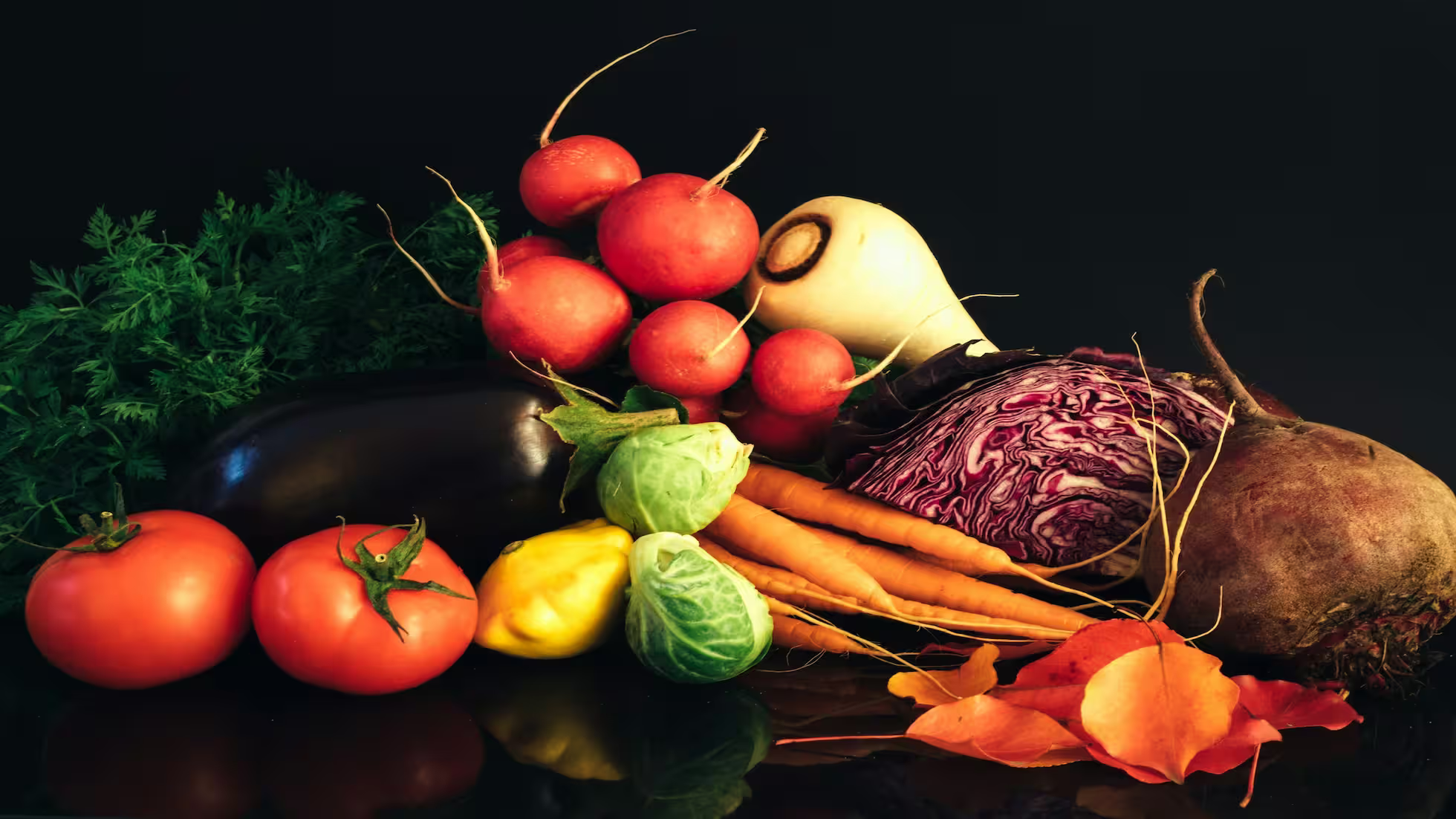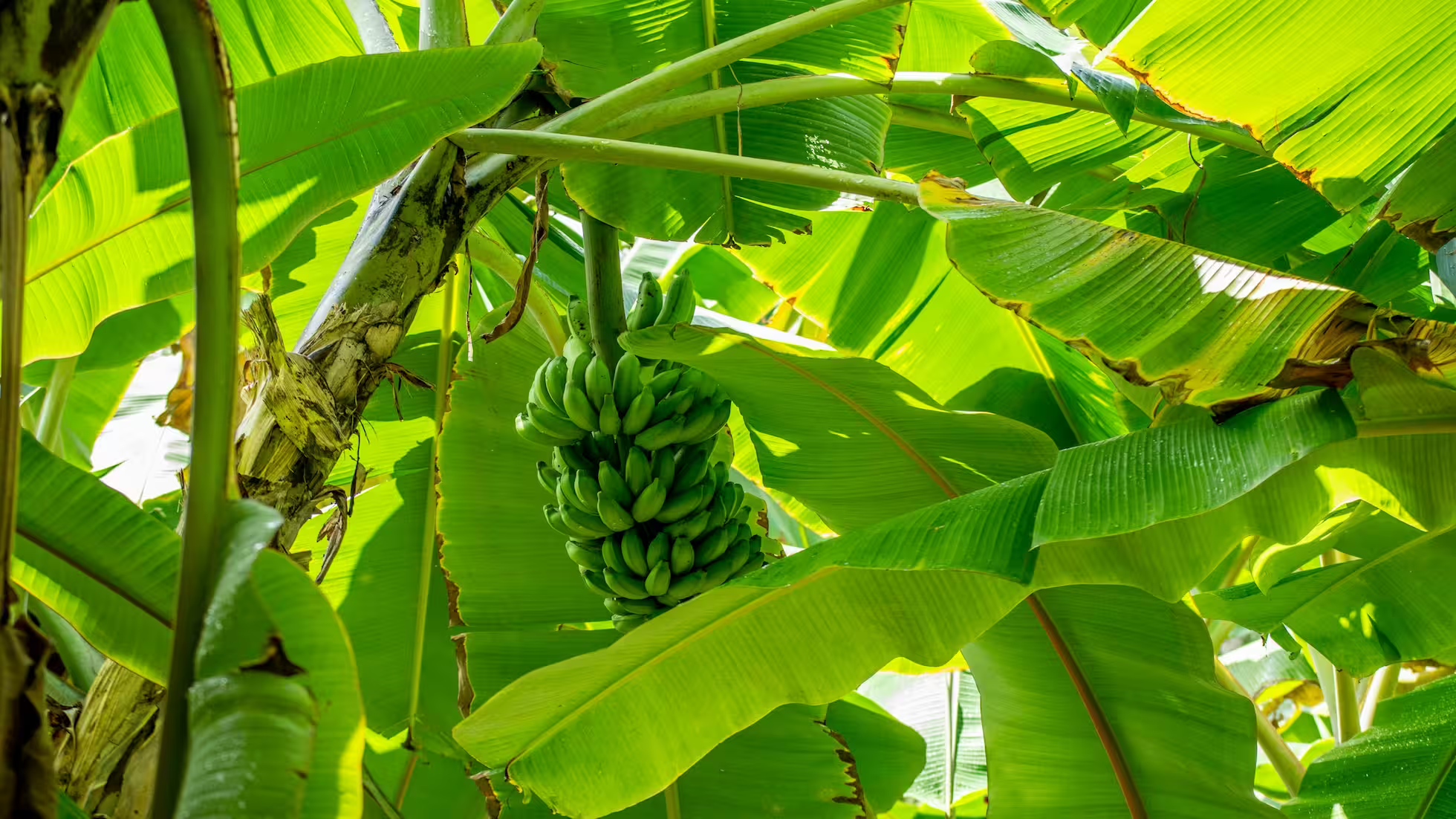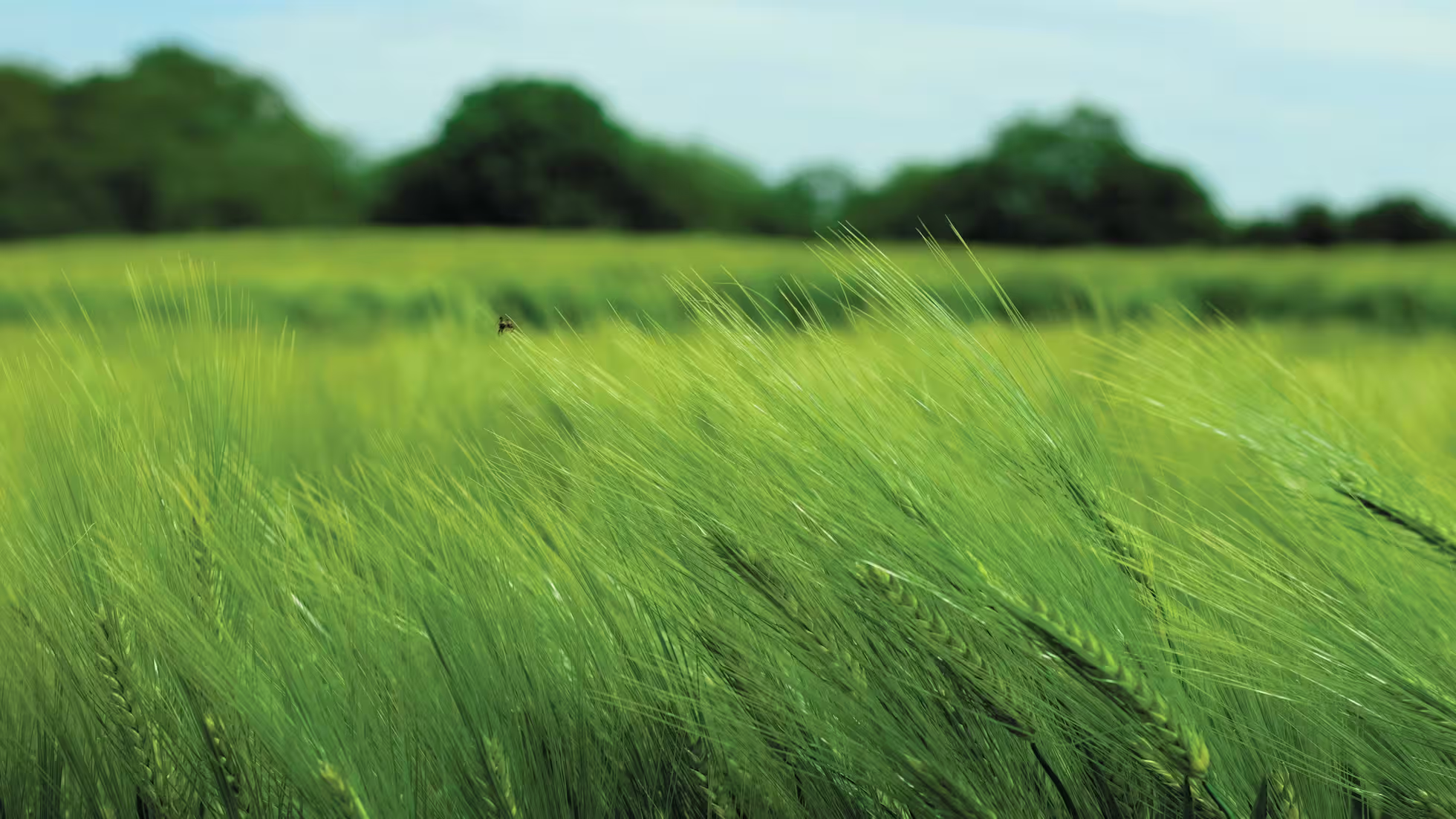Key Technical Points for Managing Cold, Snow, and Low Light Weather for Winter Vegetables

Measures for protecting winter vegetables against cold, snowy, and low-light weather, including selecting stress-resistant varieties, enhancing heat retention, increasing light exposure, managing water and fertilizer efficiently, and controlling diseases and moisture. During snowstorms, strategies include reinforcing structures, protecting roots with fertilizer, clearing snow, allowing proper ventilation, controlling diseases, and timely harvesting and replanting.
1. Technical Measures for Preventing Cold and Low Light Weather
-
Selecting stress-resistant varieties
- In greenhouse cultivation, prioritize varieties that tolerate low temperatures and weak light, have strong fruiting ability, and good disease resistance, such as solanaceous and cucurbitaceous vegetables.
- For open-field vegetables, especially in southern regions, choose varieties with strong resistance to low temperatures and low light, such as leafy greens, root vegetables, and heat-loving fruit vegetables.
-
Enhancing heat retention
- Multiple layers of coverage, such as second curtains or small tunnels, can be added inside facilities to enhance the overall insulation effect. Maintain at least 10 cm of space between the agricultural film and crops to prevent cold damage.
- Sprinkling rice husk ash or plant ash between vegetable rows, or covering crops with straw, can further reduce the impact of low temperatures.
- Where conditions allow, heating wires, electric heating wires, air heating pipes, or hot air furnaces can be used for heating.
-
Increasing light exposure
- Install supplementary lighting with at least 4 hours of daily exposure. In facilities without supplementary lights, uncover the coverings early to extend natural light exposure.
- Reflective film can be hung on the north wall of the greenhouse to improve light conditions, and timely ventilation should be carried out to reduce moisture on the film and improve the greenhouse’s light transmittance.
-
Optimizing water and fertilizer management
- In low-light weather, reduce the frequency of watering and fertilizing to avoid moisture damage. If vegetables show signs of wilting due to water shortage, drip irrigation can be applied under the film on sunny days, combined with a small amount of fertilizer.
- Foliar spraying with suitable concentrations of brassinosteroids or growth regulators can enhance cold resistance, along with 0.3% compound fertilizer and 0.2% calcium chloride.
-
Controlling moisture and preventing diseases
- Greenhouses in northern areas should be ventilated at noon on sunny days to reduce humidity.
- In southern regions, low temperatures and low light often accompany high humidity, which requires preventing diseases like gray mold, damping-off, and sclerotinia in leafy vegetables. Broad-spectrum fungicides should be sprayed in time, and diseased, old, and yellow leaves should be removed to prevent the spread of disease.
2. Technical Measures for Preventing Snowstorm Damage
-
Maintaining and reinforcing facilities
- Reinforce the greenhouse structure, ensuring that the film is tight and undamaged. For older or larger structures, add support columns to prevent collapse from snow accumulation.
- Check and repair heating and lighting equipment to ensure normal operation. In northern areas, it is recommended to cover the greenhouse’s light-receiving surface with insulation blankets before severe cold.
- For open-field vegetables, cover them with plastic film or non-woven fabrics in advance. After the snowstorm, gradually remove the covering to avoid sudden cold damage to the crops.
-
Reasonable fertilization and root protection
- Before a snowstorm, spray a mixture of 0.3% potassium dihydrogen phosphate, 0.3% calcium nitrate, 1% glucose, or 2000-3000 times diluted brassinosteroids solution to enhance resistance.
- Use the “soil mounding method” by piling soil and an appropriate amount of organic fertilizer around the roots of the plants to raise soil temperature and strengthen cold resistance.
-
Timely snow clearing and water drainage
- During snowy weather, promptly remove snow from the top and sides of greenhouses to prevent collapse. Open-field vegetable fields should have drainage channels cleared to accelerate water discharge, reduce soil moisture, and prevent root rot.
-
Gradual uncovering and light exposure
- After the weather clears, gradually remove the coverings to avoid sudden wilting caused by sudden exposure to light. If wilting occurs, spray with clean water or a 1% alginic acid solution.
-
Disease control
- During snowstorms, strictly control indoor humidity and use fumigants or micro-powders to prevent diseases caused by high humidity.
- After the snowstorm, remove damaged plants and spray broad-spectrum fungicides such as carbendazim or chlorothalonil to reduce the risk of diseases.
-
Post-disaster harvesting and replanting
- Before a snowstorm, harvest mature vegetables to reduce losses. In severely affected fields, after the weather warms up, fast-growing vegetables like pak choi, spring greens, or spinach can be replanted to quickly resume production.


